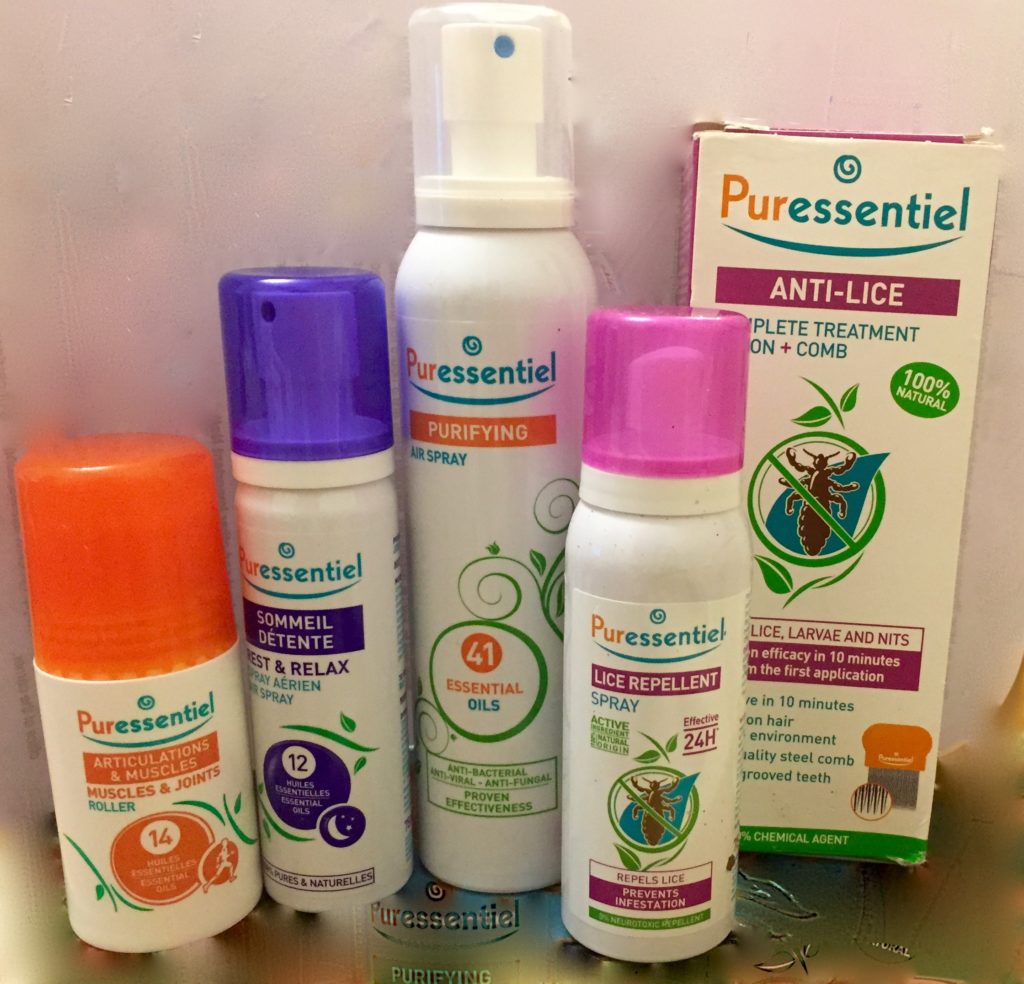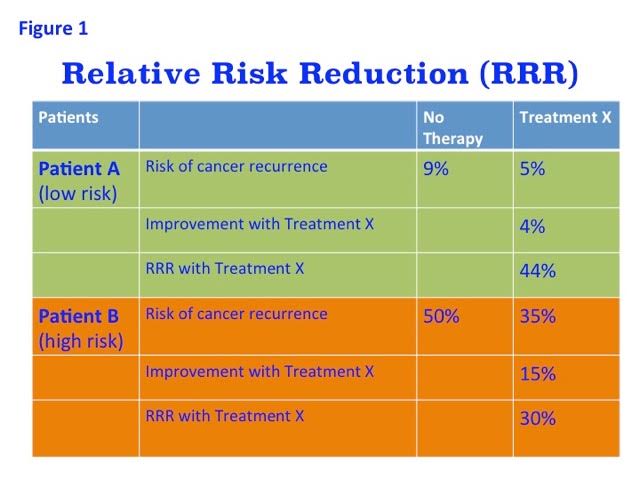Last month I wrote about Puressential essential oils – some of which are sold for therapeutic uses, to treat insomnia, head lice infestations and joint pains.
This month I was sent a lovely travel pack of Aromatherapy minis by Scentered which I am keen to share with you (well, not literally – they’re mine, all mine, but I will share the experience with you until you get your own – which I would recommend.)
Essential oils are extracted from aromatic plants and it is believed that just smelling them can have positive effects on us, including changing our mood. There have been a number of scientific studies, including EEG (brainwave) and imaging studies, which support this theory. So if you are feeling down, stressed, in need of inspiration or focus, why not give aromatherapy products a try? They may help and certainly smell amazing.
Scentered’s main products, which are 100% pure, are solid sticks of balm – a blend of moringa and shea butters to ensure a non-greasy finish, as well as long-lasting fragrance delivery. These are infused with different combinations of essential oils, in a handy twist-up container, which you can rub on pressure points such as the temples, neck and wrist.
Essential oils are often used to help sleep problems – the scourge of modern living. Scentered Sleep Essentials Set combines a balm stick, infused with Palmarosa, Lavender and Ylang ylang, with a silk eye-mask. Candles, scented with these and other relaxing plant oils are also available.
The first thing which hit me, when I opened the mini travel pack, was the amazing smell, which is quite addictive. The set, which is light and compact, contains five different balm sticks – each claiming to enhance your mood in different ways:
‘Be Happy’ for when you need a little cheering-up
‘De-stress’ – the clue’s in the title
‘Focus’ – to help concentration
‘Escape’ – for inspiration (I’m wearing it as I write this)
‘Sleep well’ – again, it speaks for itself
Scentered recommend you use these balms with breathing and mindfulness techniques for maximum benefit.
In this modern world of constant stimulation of 24 hour emails and social media, a little time out with yourself and some beautiful and powerful natural perfumes can do you more good than you may realise. Treat yourself.
By Dr K Thompson, author of From Both Ends of the Stethoscope: Getting through breast cancer – by a doctor who knows
http://www.amazon.co.uk/dp/B01A7DM42Q http://www.amazon.com/dp/B01A7DM42Q
http://faitobooks.co,uk
Note: These articles express personal views. No warranty is made as to the accuracy or completeness of information given and you should always consult a doctor if you need medical advice.







